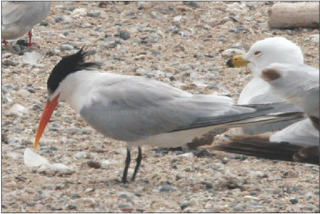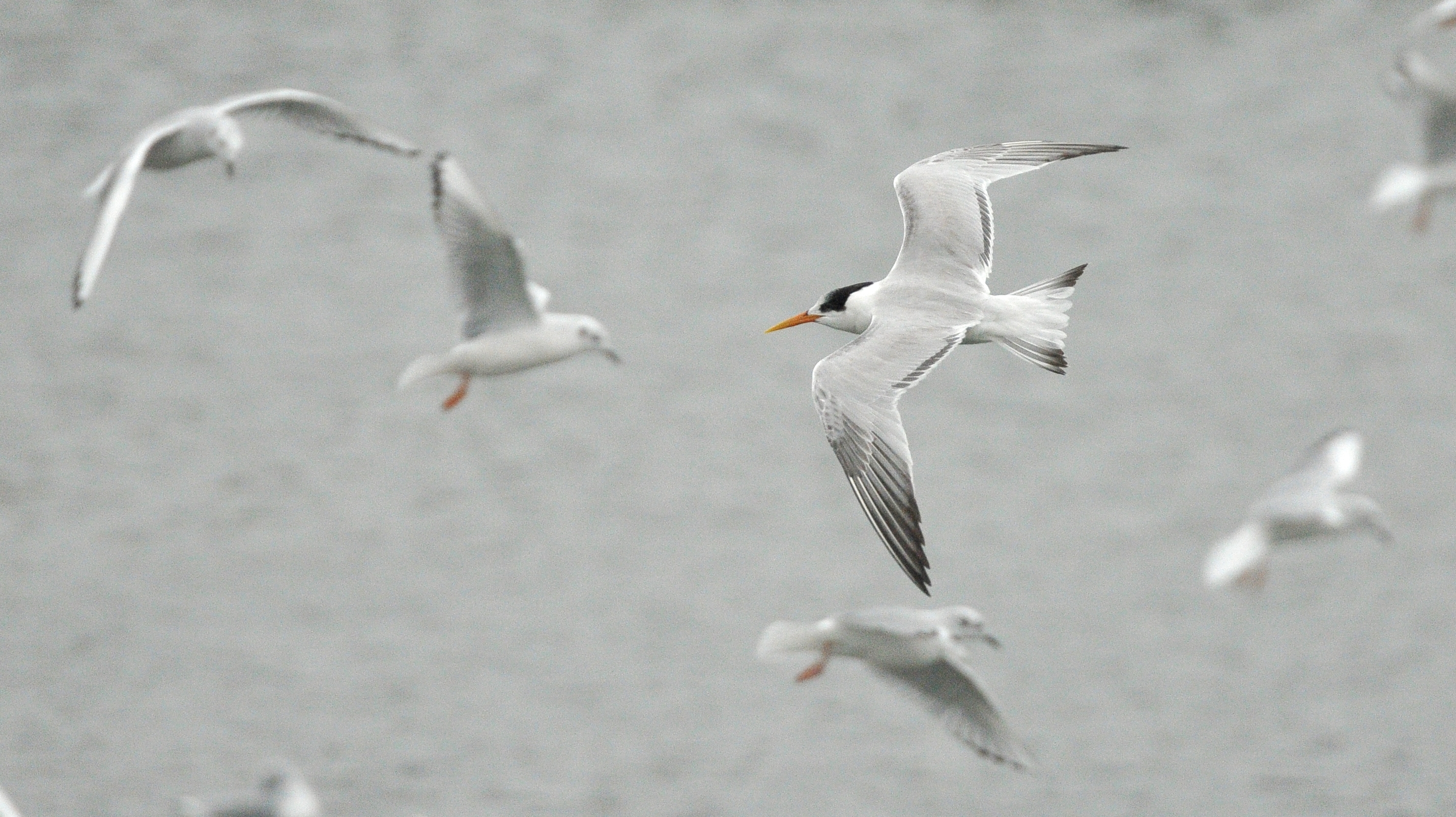Fort Erie, Ontario. November 2013
Avian Vagrancy in the Great Lakes - a look at vagrant bird species that have occurred in and around the Great Lakes Basin. These notes look at the status and distribution of the species, identification, trends in occurrence, hypothesize on factors influencing their occurrence and what the future may hold for the species in the region.
This is not a complete account of all known records. Records have been retrieved from the following databases:
MOURC - Minnesota
WSORC - Wisconsin
IORC - Illinois
IBRC - Indiana
OBRC - Ohio
PORC - Pennsylvania
NYSARC - New York
OBRC - Ontario
eBird.org
I encourage birders to support their representative bird records committee. Having readily accessible records data allows people to rapidly research topics of interest or produce documents/products that others can learn from or expand upon. Having all databases uploaded to eBird may one day provide the most effective way to conduct these studies. If you know of additional records not found in these sources, please leave it in the comments section below. Additional species accounts on avian vagrancy in the great lakes region will continue.
----------
Elegant Tern - Thalasseus elegans
Two records:
June 2007 - Minnesota
28 June 2007, Leech Lake, Cass. Photos. Adult in definitive alternate plumage.
Minnesota's First Elegant Tern. The Loon 80:14-15. Available online at http://moumn.org/loon/view_frame.php?page=14&vol=80%27
Via http://moumn.org/loon/view_frame.php?page=14&vol=80%27
November 2013 - New York & Ontario
20-24 November 2013, Buffalo, Erie and Fort Erie, Niagara. (Niagara River) Photos. First Basic.
Holden, B.R. 2014. Ontario Bird Records Committee Report for 2013. Ontario Birds 32(2):54-81. Available online at http://www.ofo.ca/site/download/id/46
The westernmost member of the Orange-billed Tern complex, the Elegant Tern is an exceptional rarity to the Great Lakes region; being typically found along the western coast of South America north to California. Vagrant individuals have likely traveled at least 2500km from their core range to reach our region. The species shows seasonal movements both northwards and southwards, and is known to have breeding success and failures related to global weather events. It is also a close relative to local species, other vagrants, unrecorded species and has been known to hybridize among them.
Distribution of Elegant Tern records in the Great Lakes Basin.
Weekly detection and occurrence of the Elegant Tern throughout the calendar year.
Factors of Occurrence: Initial dates of occurrence are 28 June and 20 November, showing two distinctly different occurrences in the Great Lakes region. El Nino events have been linked to the inland occurrence of the Elegant Tern (Soch and Howell), and the 2007 record comes on the heels of a weak el nino event from 2006-2007. Given the increase in Elegant Tern records in recent years coupled with the lack of strong El Nino events since 1997-1998, I can't help but wonder if this factor is not as important in extreme vagrant occurrences - perhaps birders are simply more skilled and aware of the species potential to occur in eastern North America. The 20 November occurrence of a bird in first basic plumage indicates no correlation to an el nino event. The 2013 Eastern Pacific Hurricane Season was categorized as very active and a few strong Hurricanes occurred. Hurricanes Barbara & Manuel and Tropical Storms Octave, & Sonia affected the Mexican coastline throughout the season. Is it possible that the Elegant Tern was displaced inland following one of these events, and was then adrift for several hundred kilometers before reaching Lake Erie? The bird was potentially sighted over 100km away in Ohio a few days before its November 20th discovery in New York, and an possibly even before this date at the Long Point peninsula in Ontario (also on Lake Erie). A wandering vagrant is very difficult to correlate with any meteorological events potentially related to its occurrence. With such great distances involved from the species core range, it is likely that multiple factors may be responsible in bringing the species to our region.
Future records: The two records to date fit two existing patterns of vagrancy. The mid-June to mid-July period has shown to be favourable for the occurrence of rare Tern species in the region. Birders have had success finding both vagrant Terns and Gulls were non-breeding concentrations where these families occur. Occasionally these concentrations persist into fall when numbers are augmented by migrants allowing for a fall record to materialize in the August-September window. The November record matches other unexpected vagrants in the region, when strong extratropical cyclones are capable of displacing young-of-the-year vagrants great distances.
It will be interesting to see if future records of the Elegant Tern materialize in the region. Roy and Pawlicki (2014) show that most inland and Eastern North American occurrences of the species have been in recent years. The Tern family does not come into close contact with humans on a regular basis, and the species is not distinctive enough to draw the eye of a casual observer. This reduces the potential for detection compared to other vagrant species. If recent occurrences in the eastern part of the continent are closely or distantly related to a specific suite of events, it is possible that we will once again have a prolonged period with no occurrences in the region. I would like to thank those that continue to document unusual bird observations, which were invaluable in creating this account. If you know of any additional records, references or new thoughts on the status of the Elegant Tern in the Great Lakes, please leave it in the comments below. This account can and will be updated going forwards.
Fort Erie, Ontario. November 2013
Soch and Howell - Occurrence and identification of vagrant “orange-billed terns” in eastern North America. North American Birds.Volume 67 (2013) • Number 2. Pg 188 - 209
Roy and Pawlicki -Elegant Tern (Thalasseus elegans): New to Ontario. Ontario Birds VOLUME 32 NUMBER 3 DECEMBER 2014 PAGES 113 — 136





No comments:
Post a Comment